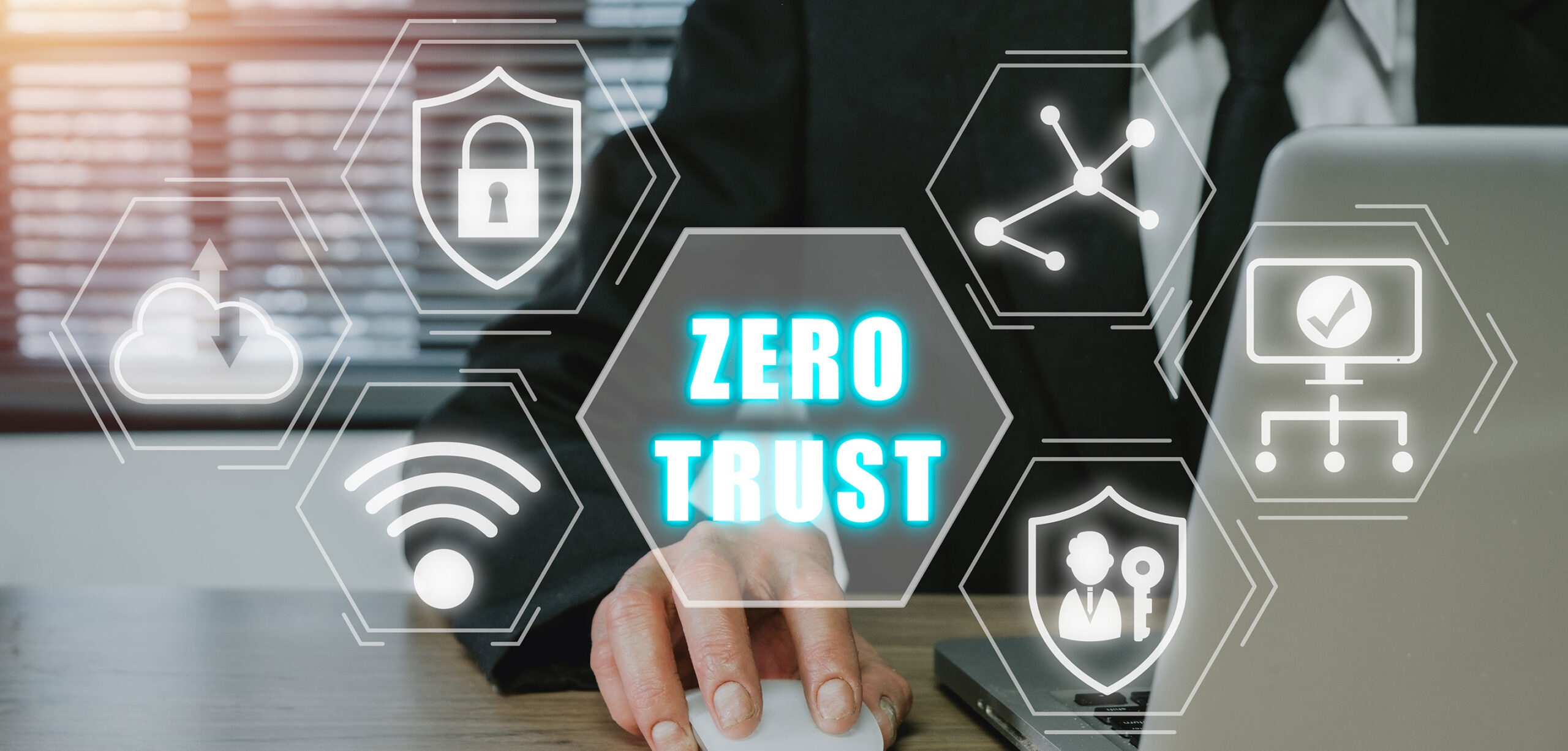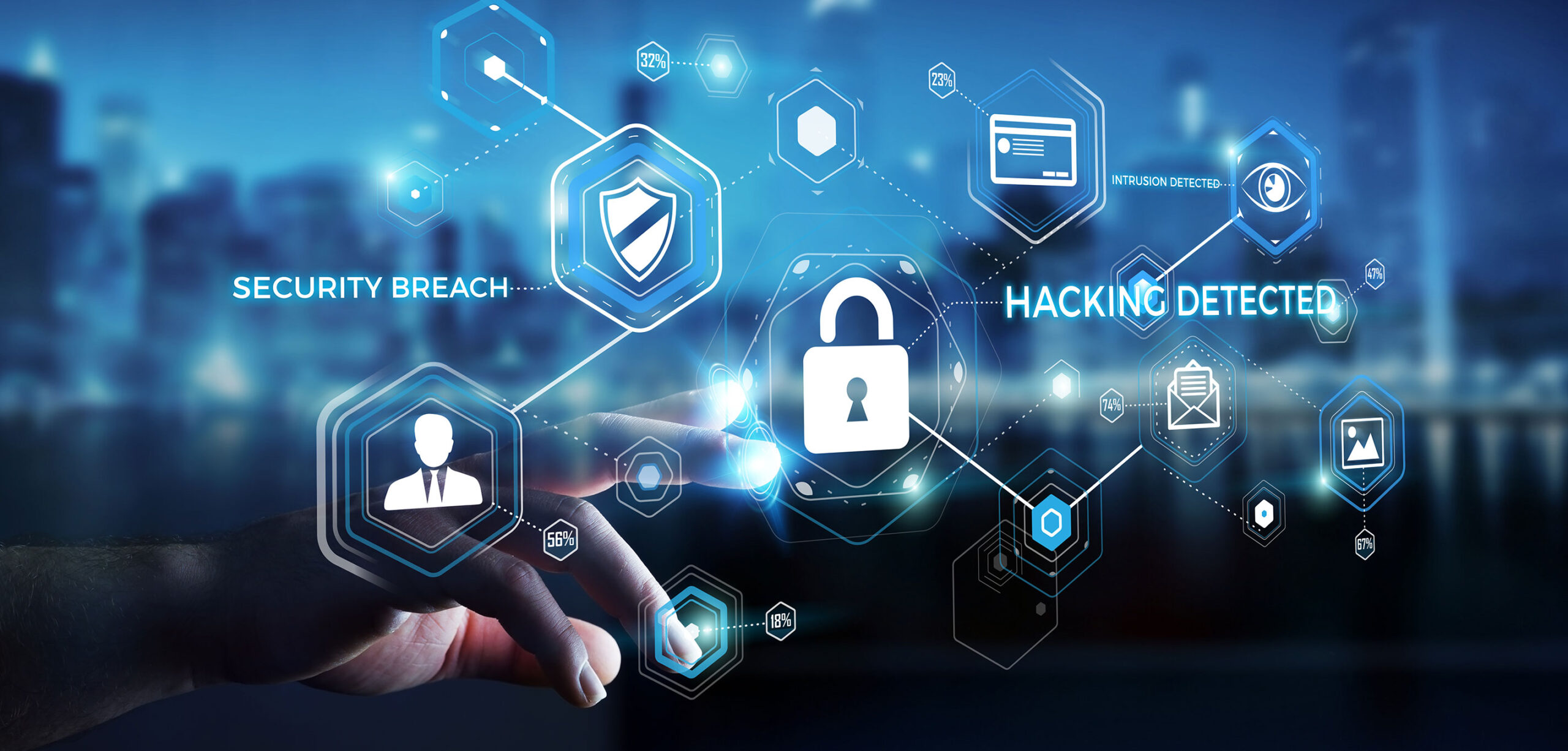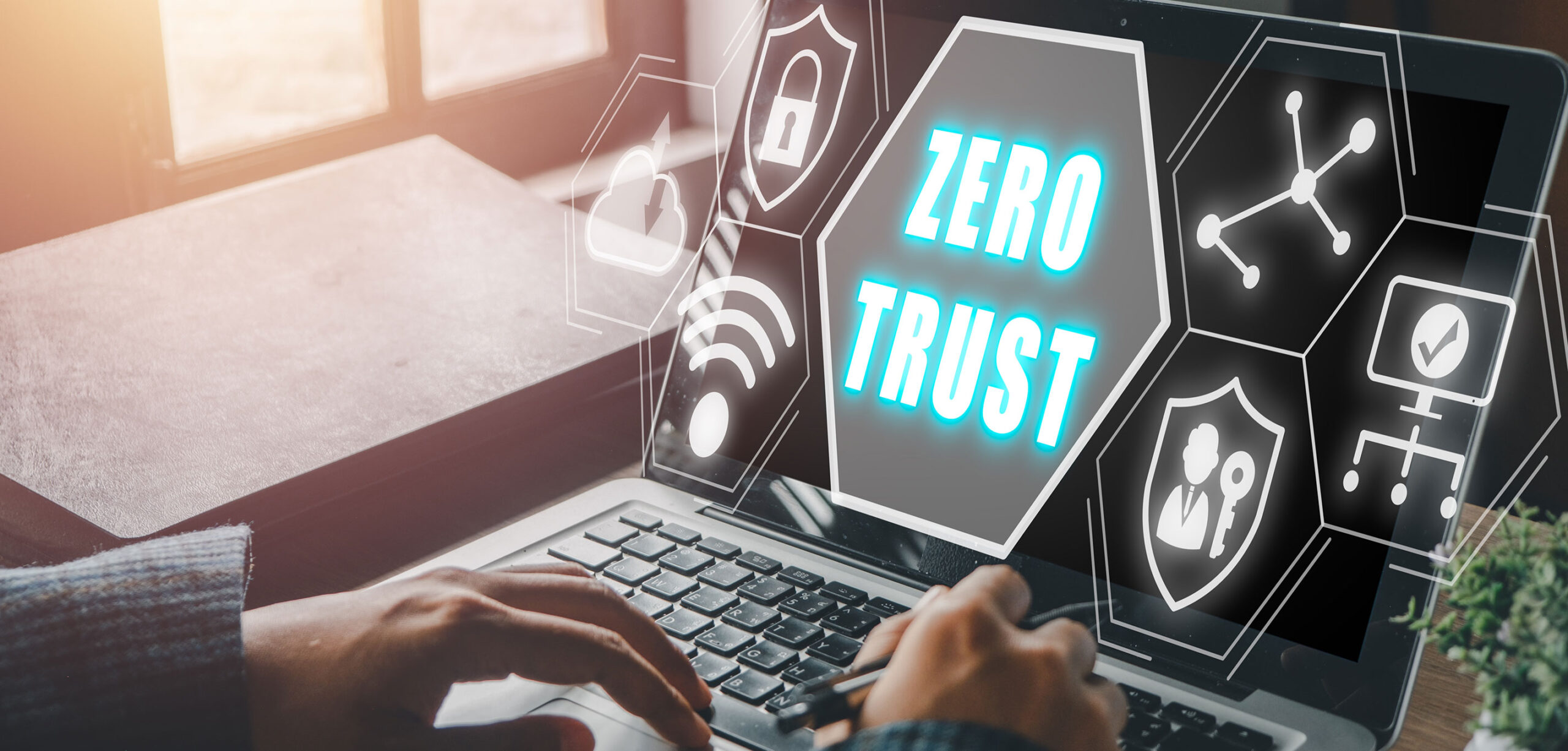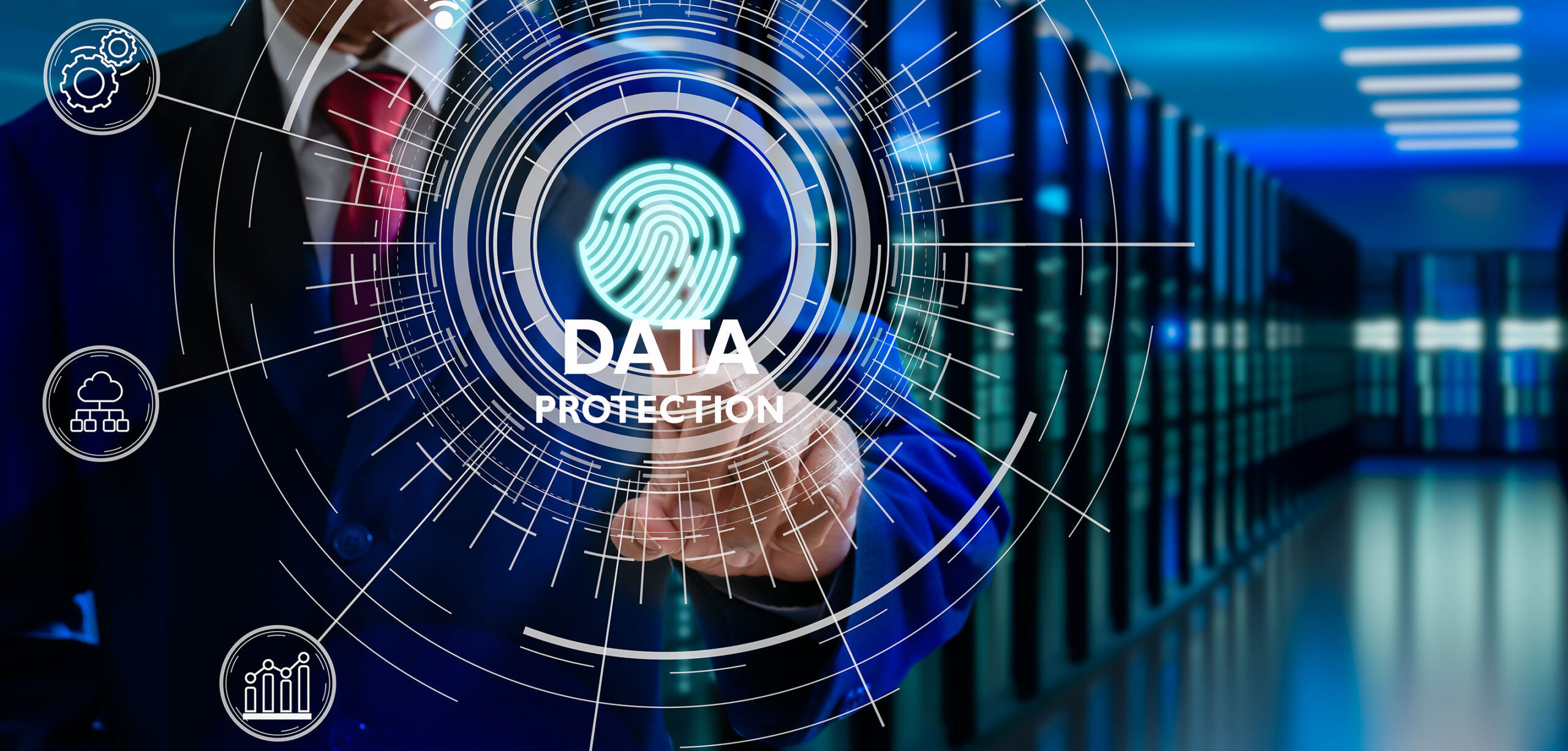
The Future Of Zero Trust
In the cybersecurity field, zero trust has gained a lot of attention in recent years, and for good reason. Cyber attacks are changing all the time, and becoming ever more sophisticated – and more frequent.
The more traditional perimeter-based security measures are no longer enough to protect businesses and organisations from cyber threats. Zero trust, meanwhile, takes a different approach – and just like the cyber threats it’s designed to combat, it’s also evolving. We’ve taken a look at some of the ways that zero trust security is set to develop over the next few years.

What Is Zero Trust?
Before looking at the future of zero trust security, we wanted to look to the past to understand why it matters. Put simply, it assumes that all devices, users, and applications are potentially dangerous, and requires users to continuously verify their identity before they can be authorised to use a network.
When it comes to implementing a Zero Trust approach to cyber security, there is one simple rule to follow: never trust, always verify
This approach helps organisations to both reduce their risk exposure and improve their security posture. A zero trust model is built on three key principles. First, organisations should assume that at all times, there are malicious actors trying to get into their network and access their files. Second, organisations should verify users, devices, and networks instead of trusting them implicitly – any device could have been hacked. Finally, all users and devices should only be given the authorisation they need to access the networks and files they need, to minimise the impact of any potential breach.

Trust in businesses’ networks has never been more important – the number of cyber attacks has been increasing year on year. A recent study by Check Point Research revealed that the number of cyber attacks around the world had increased by 38% compared to 2021. It’s because of this that more and more organisations are turning to zero trust. In fact, the global zero trust security market was worth around $27.4 billion (£22.6 billion) last year, and is expected to grow to $60.7 billion (£50 billion) by 2027. As well as the rise in cyber attacks, one of the main contributors to the rise in zero trust adoption has been government initiatives. In 2021, for example, President Biden signed an Executive Order mandating that US federal agencies should adopt zero trust architecture, while in the UK, the National Cyber Security Centre has also offered guidance on zero trust security.
Zero trust is already playing a critical role in cybersecurity, and in the coming years, that’s likely to continue. In the future, you can expect zero trust frameworks to become even smarter, more secure, and more accessible. As Inderjeet Barara, a thought leader and notable speaker in the cybersecurity space, explains, “Zero Trust is not just a cybersecurity framework, it’s a mindset shift for enterprises. As cyber threats continue to evolve, Zero Trust will become the foundation for secure access management, enabling organizations to protect their data and networks from anywhere, at any time.”
We’ve rounded up some of the key trends we can expect to see, and how we expect zero trust security to develop.

For as long as the concept of zero trust security has been around, it’s traditionally just been focused on securing the perimeter of the organisation’s network. However, in recent years, more and more organisations have been moving to cloud-based environments – and with the pandemic largely over, companies have embraced remote and hybrid working models. This has meant that the network perimeter is becoming less and less defined. Zero trust will need to evolve and expand to include new environments and devices, so that users can be verified and authenticated regardless of where they’re connecting to your network.
In order to combat the growing volume and complexity of cyber threats, organisations will need to rely more on artificial intelligence (AI) and machine learning technology. Both of these will make cybersecurity far more efficient, by assessing and evaluating new users, and even responding to potential security incidents. AI tools could be used to automate the verification of users, reducing the risk of human error, and freeing up employees to deal with other tasks.
Zero trust is not a standalone solution. To be as effective as possible, it needs to be used with other cybersecurity solutions, like identity and access management, endpoint security, and threat intelligence. With organisations looking to streamline their security operations, we can expect to see more interoperability between these different solutions, and greater integration – especially as more businesses move to zero trust infrastructure.
One of the most common criticisms of zero trust security is that it can be frustrating for some users, especially when they need to constantly verify their identity and re-authenticate themselves, and provide more information to access resources. While all this is necessary to keep networks secure and protect sensitive data, it can cause some friction with users. In the future, we expect more zero trust solutions to have a greater focus on improving the users’ experience, while still keeping the network secure. This could be through more seamless authentication and authorisation processes, or giving users a way to verify themselves, perhaps through biometric data, like fingerprints or voice recognition.

Zero trust security is a rapidly evolving field, and it’s set to become increasingly important in the years ahead.
Organisations will need to take a more proactive approach to cybersecurity. With zero trust security can help to achieve that, we can expect to see more innovation and evolution over the next few years. If you’re looking for support implementing your own zero trust solution, or you just want to find out more, then you’re in the right place!
Get in touch with us to find out more about how we can help you.